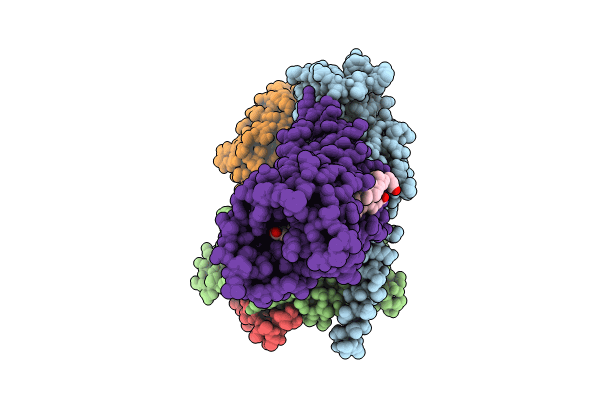
Deposition Date
2023-10-24
Release Date
2024-02-14
Last Version Date
2025-07-02
Entry Detail
Biological Source:
Source Organism:
Homo sapiens (Taxon ID: 9606)
Lama glama (Taxon ID: 9844)
Lama glama (Taxon ID: 9844)
Host Organism:
Method Details:
Experimental Method:
Resolution:
2.79 Å
Aggregation State:
PARTICLE
Reconstruction Method:
SINGLE PARTICLE


